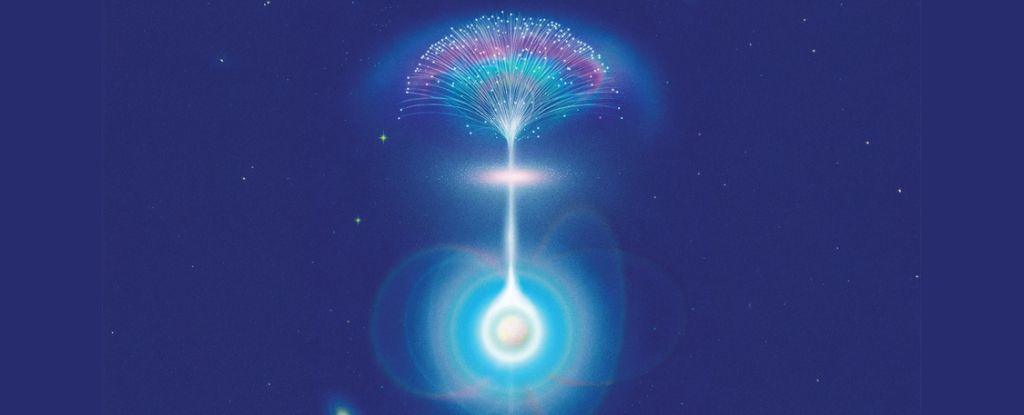
When a magnetar within the Milky Way galaxy belched out a flare of colossally powerful radio waves in 2020, scientists finally had concrete evidence to pin down an origin for fast radio bursts.
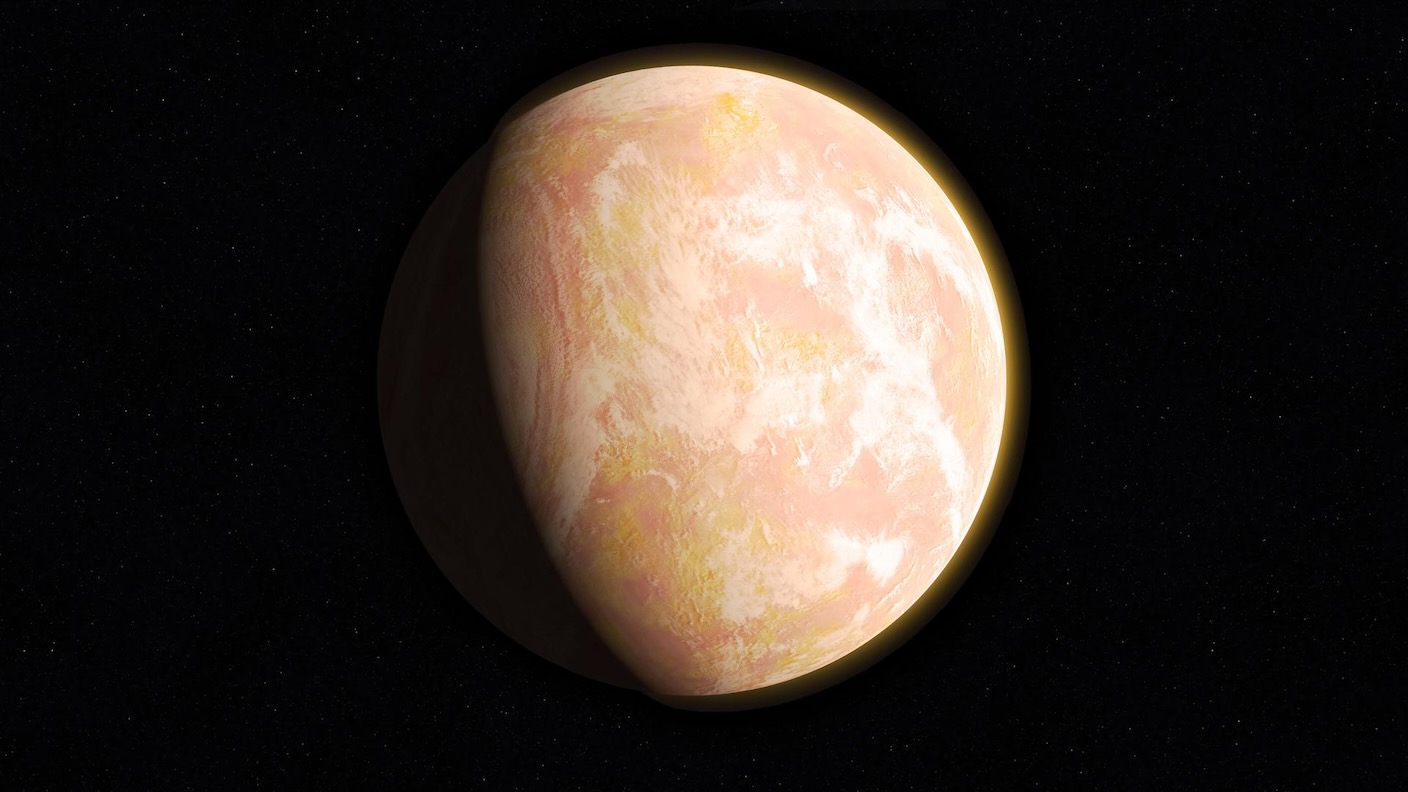
Astrobiologists are working to discover universal rules that govern the emergence of complex physical and biological systems on Earth and beyond.
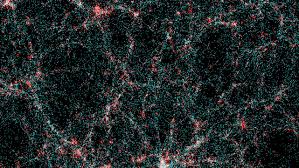
One of the biggest mysteries in science - dark energy - doesn't actually exist, according to researchers looking to solve the riddle of how the Universe is expanding.

In 2003, Hubble provided evidence of a massive exoplanet around a very old star. Such stars possess only small amounts of heavier elements that are the building blocks of planets.
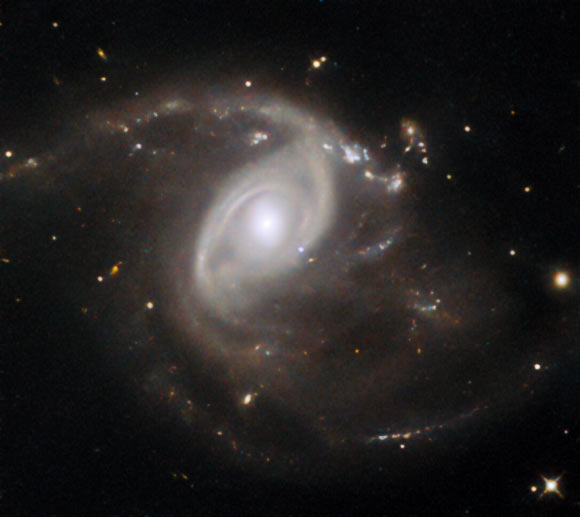
NASA has released a beautiful photo taken by the NASA/ESA Hubble Space Telescope of the spiral galaxy LEDA 22057.

If Earth is going to be blown to bits by an asteroid, it'd be nice to have some advance warning and a newly developed equation gives us a better chance of an early heads up.

Using the Hubble Space Telescope, astronomers homed in on a quasar called 3C 273, some 2.5 billion light-years from Earth.
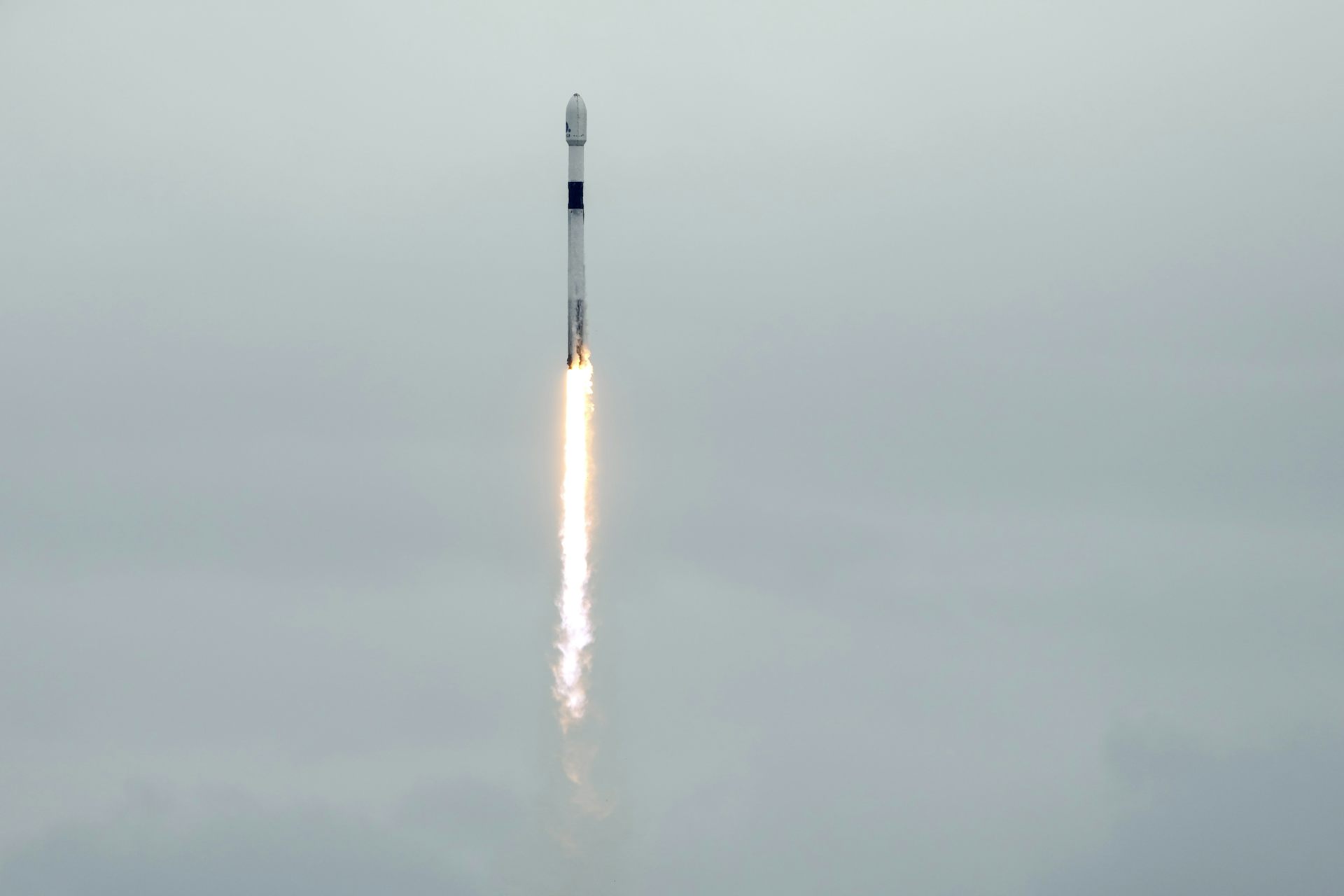
From exploring the Moon to revealing mysteries of the solar system, space agencies around the world are gearing up for an exciting year of launches and flybys.

The James Webb Space Telescope is celebrating three years from its launch. Its discoveries have already changed our understanding of the early universe.

Every year, the International Space Station produces some of the world's best photography. Here are the best photos of 2024 from the space station.
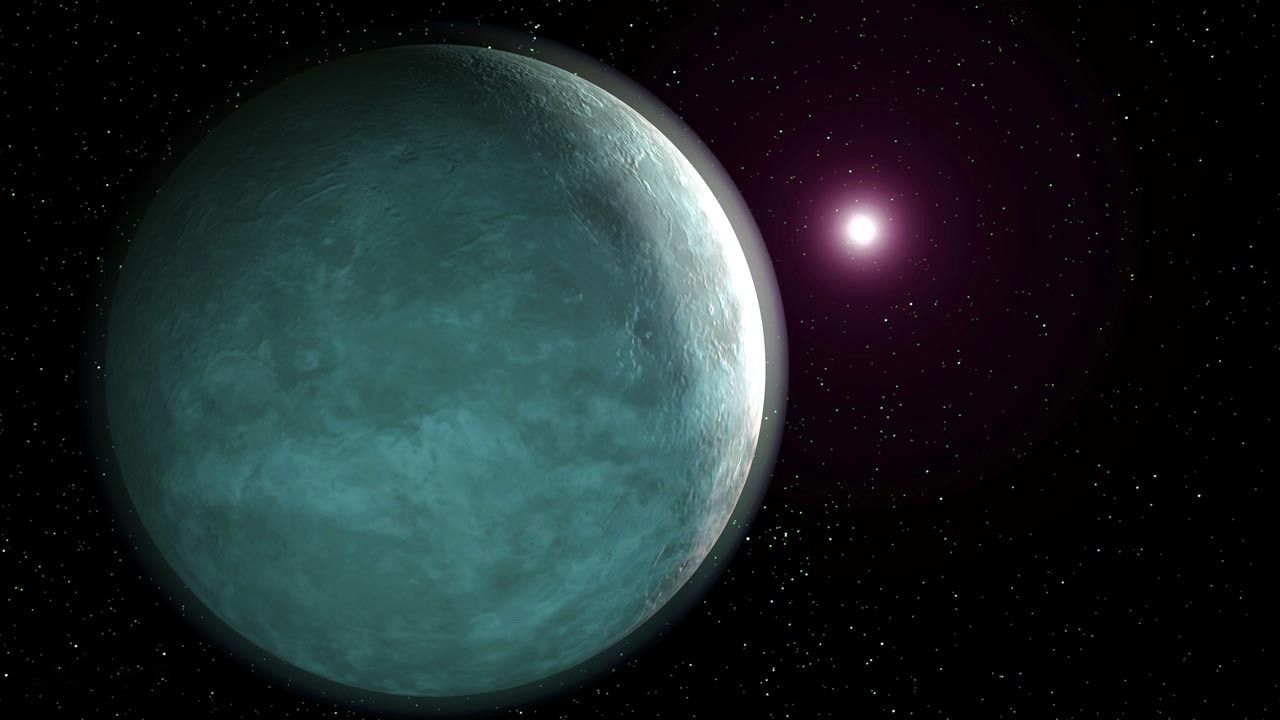
An unusual planetary system with three known ultra-low density "super-puff" planets has at least one more planet.

There's a supermassive black hole lying in the centre of galaxy NGC 5084, and astronomers have discovered that the black hole appears to be tipped over on its side.

The plot has just thickened in the mystery tale about the unseen mass skulking inside the largest cluster of stars in the Milky Way galaxy.

Scientists hope the data from Parker will help them better understand why the Sun's outer atmosphere is hundreds of times hotter than its surface.
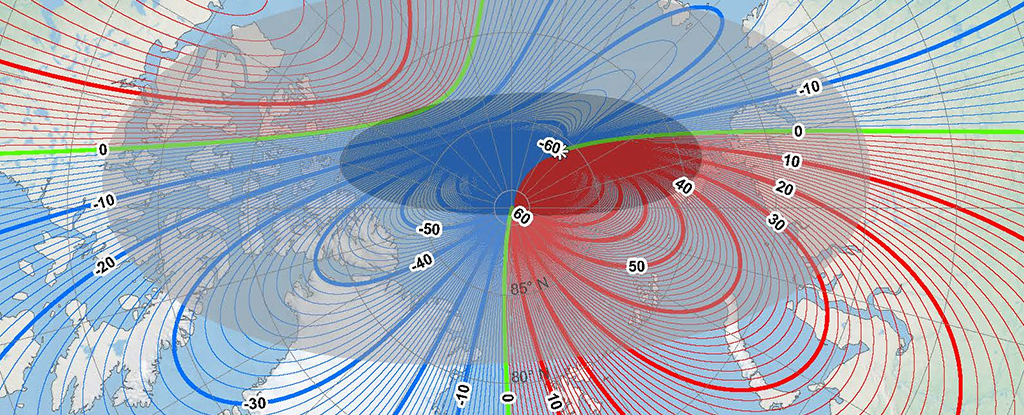
It's time to recalibrate the navigation systems on ships, airplanes: the position of the magnetic North Pole is officially being changed, continuing its shift away from Canada and towards Siberia.